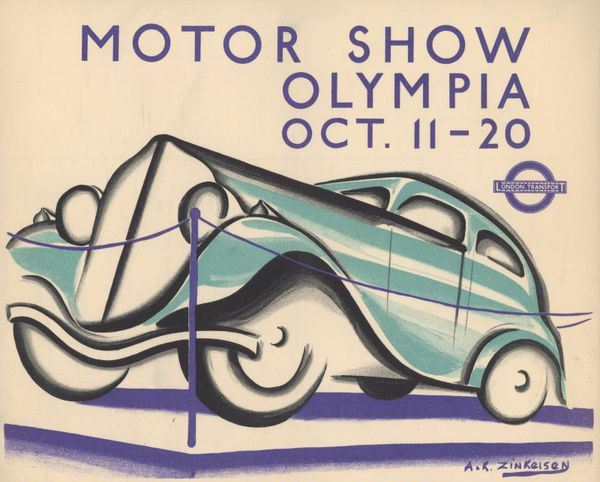Celebrating The Winter Solstice
- Editor OGN Daily
- Dec 21, 2023
- 2 min read
The Winter Solstice is a global celebration rooted in rich traditions and historical significance, not just an astronomical event. The Northern Hemisphere experiences its longest night tonight (it occurs on 20 June in the Southern Hemisphere) and marking the passage of time was important to many ancient cultures.

During the Winter Solstice, the earth’s axis is tilted at its furthest point from the sun. This means that, for those in the northern hemisphere, the sun is at its lowest point in the sky. It’s also the shortest day of the year - and the longest night. Many cultures celebrate the return of the sun with fascinating rituals and festivals...
Shalako: For the Zuni, one of the Native American Pueblo peoples in western New Mexico, the winter solstice signifies the beginning of the year, and is marked with a ceremonial dance called Shalako. After fasting, prayer and observing the rising and setting of the sun for several days before the solstice, the Pekwin, or “Sun Priest” traditionally announces the exact moment of itiwanna, the rebirth of the sun, with a long, mournful call. With that signal, the rejoicing and dancing begin.
Soyal: Like the Zuni, the Hopi of northern Arizona are believed to be among the descendants of the mysterious Anasazi people, ancient Native Americans who flourished beginning in 200 B.C. In the Hopi solstice celebration of Soyal, the Sun Chief takes on the duties of the Zuni Pekwin, announcing the setting of the sun on the solstice. An all-night ceremony then begins, including kindling fires, dancing and sometimes gift-giving.
Yalda: The Persian winter solstice holiday celebrates the triumph of light over darkness. Families gather to celebrate the victory, eating nuts, pomegranates, and bonding. Some people stay awake all night, celebrating the birth of the sun deity Mithra and looking forward to the sunrise.
St. Lucia’s Day: A Scandinavian feast commemorating St. Lucia combines Christian and Norse traditions. Girls dress in white dresses and carry candle wreaths, representing light destroying darkness and harkening back to previous solstice rites of warding off spirits.
Toji: In Japan, the winter solstice is less a festival than a traditional practice centered around starting the new year with health and good luck. It’s a particularly sacred time of the year for farmers, who welcome the return of a sun that will nurture their crops after the long, cold winter. People light bonfires to encourage the sun’s return; huge bonfires burn on Mount Fuji each December 22.
Dong Zhi: This marks the arrival of winter in China, brings the family together in celebration. It began as a harvest celebration and is now a time for family reunions and enjoying the year’s bounty. Tables are adorned with tang yuan and delightful sticky rice balls that symbolize unity and togetherness.
Stonehenge: The stones were shaped and set up to frame at least two important events in the annual solar cycle - the midwinter sunset at the winter solstice and the midsummer sunrise at the summer solstice. At dawn on 22 December, following in the footsteps of the prehistoric people who lived here 4,000 years ago, hundreds of 'pagans' still throng to the ancient stone circle to witness sunrise - and celebrate the fact that daylight hours are now starting to increase.



